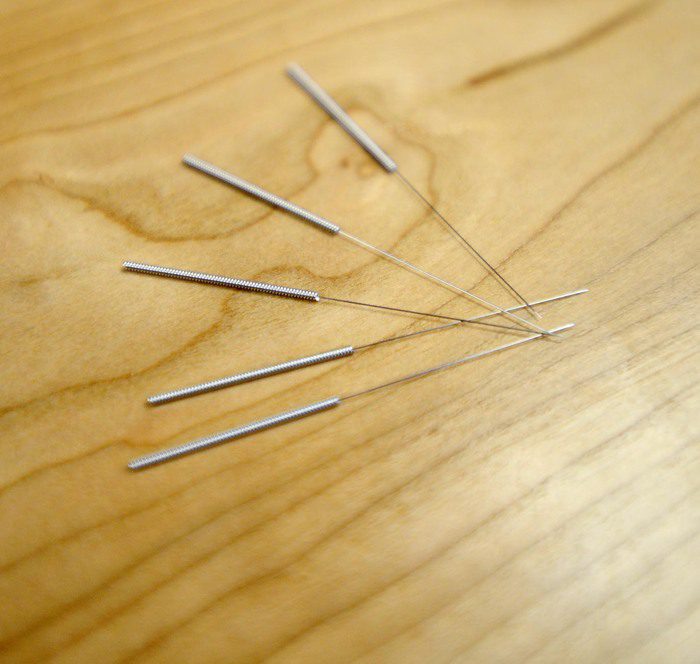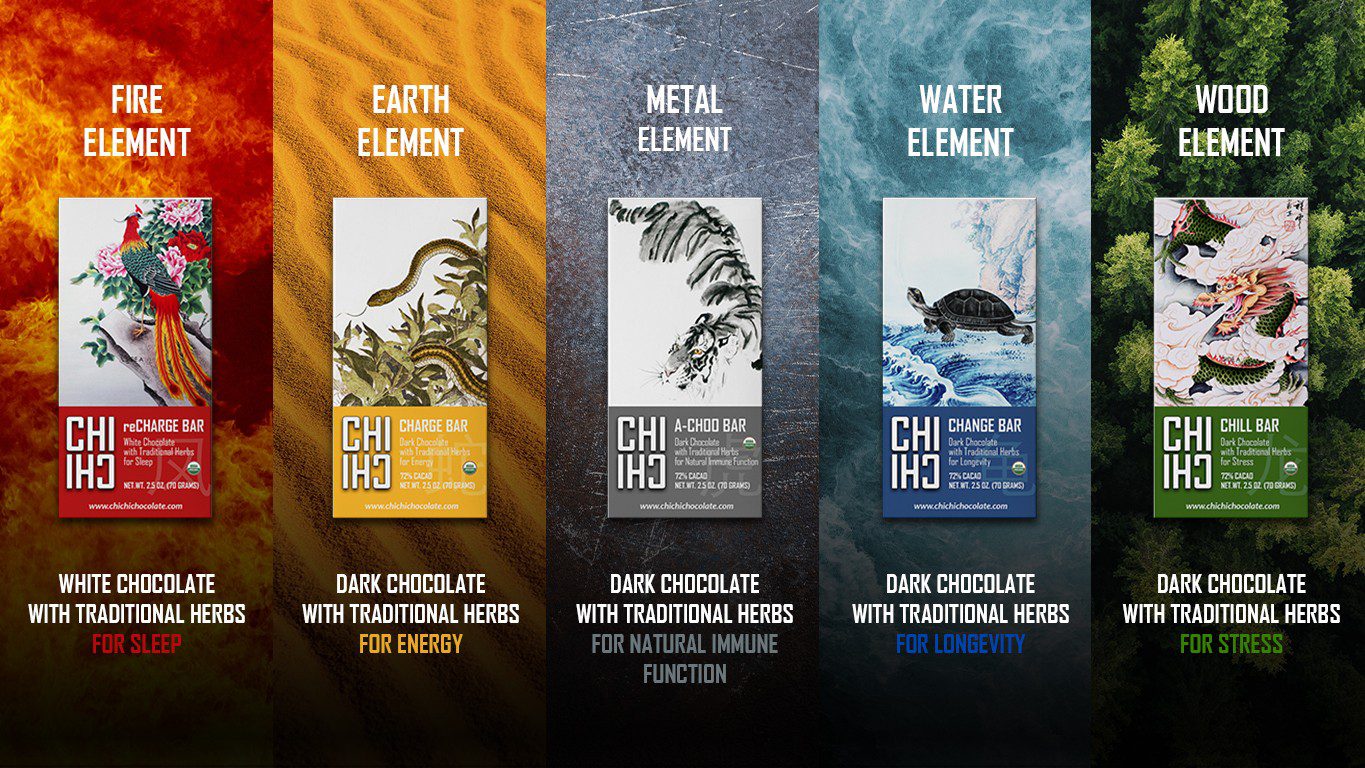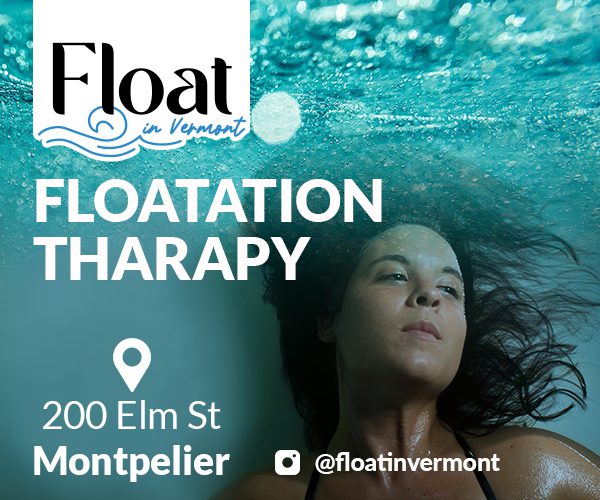There has been an injury filed recently with the US Food and Drug Administration (FDA) due to dry needling. The acupuncture profession’s concern with undertrained providers using the acupuncture needle continues to grow. This injury was a pneumothorax, which is the presence of air or gas in the cavity between the lungs and the chest wall, causing collapse of the lung. This air presence was created by a tiny hole caused by improper angle and depth of the acupuncture needle by a chiropractor doing dry needling.
Read the FDA Adverse Event Report here
It’s understood that accidents or side effects can happen from any form of medical intervention but a pneumothorax is something that a well trained acupuncturist knows how to avoid or greatly minimize the actual risk.
Ashi Needling

For those of you new to this conversation, dry needling is a technique that physical therapists are being trained to perform during a single weekend continuing education workshop. This may be as little as a 27 hour-long course without any further supervision or guidance. Dry needling is the use of acupuncture needles to aggressively stimulate muscular trigger points, a technique that the physical therapists are being taught has nothing to do with acupuncture itself. Finding trigger points, historically called ashi points, and needling this to release the stored tension is a technique that Sun Si Miao described around 600 AD.
The American Society of Acupuncturists, one of our national organizations, states, “Key teachers and leaders in the field of dry needling have publicly stated that dry needling is acupuncture, and though this technique is coined ‘biomedical acupuncture’, it is acupuncture none-the-less. Arguments that dry needling is either superior to or sufficiently different from the existing field of acupuncture due to a basis in biomedical terminology are spurious, and ignore the entirety of research and professional conversation that has been occurring in the acupuncture community for more than 40 years. Further, there is no specific technique of dry needling, and this term is without clear definition beyond ‘the use of the filiform needle for therapeutic purpose’, which is acupuncture. There are no vetted curricula for dry needling, no legitimate certification testing, no standards for continuing education, and no standards for clinical practice prior to treating members of the public.”
Needling Affects More than the Local Area
Though physical therapists have extensive training in anatomy and physiology, education in needling technique and the body’s response to needling is very limited in a weekend course. There is not consideration of the whole body’s response to needling specific points beyond releasing tension in the local trigger point. For example, aside from the releasing the trigger point in the trapezius muscle, needling GB21 has been shown to invoke uterine contractions. The body effects that have been observed for thousands of years by stimulating certain points are not being fully considered because dry needling is solely looking at the trapezius muscle or the quadratus lumborum or any muscle rather than the channel through which it moves.
So our concern continues with the safety of this technique due to the minimal training and supervision and also the narrow lens through which the body’s response is being looked at. Read my previous posts about Dry Needling Safety and the differences between Dry Needling VS Acupuncture here.







